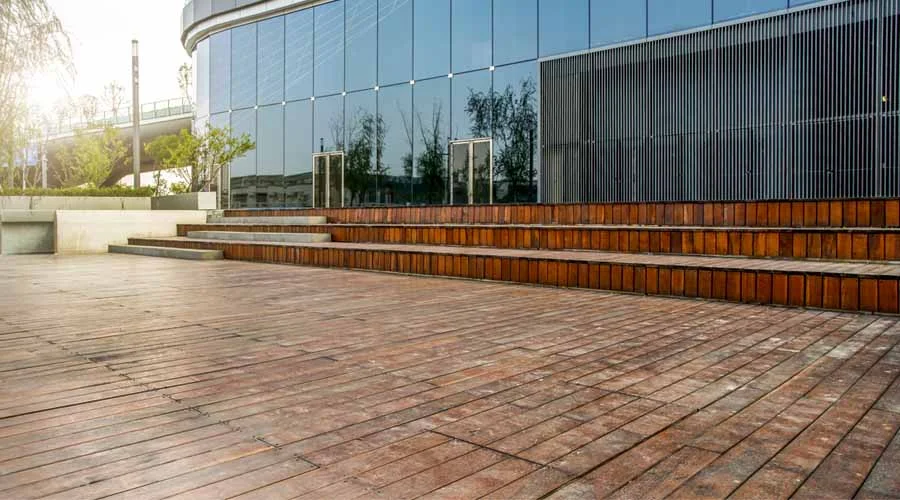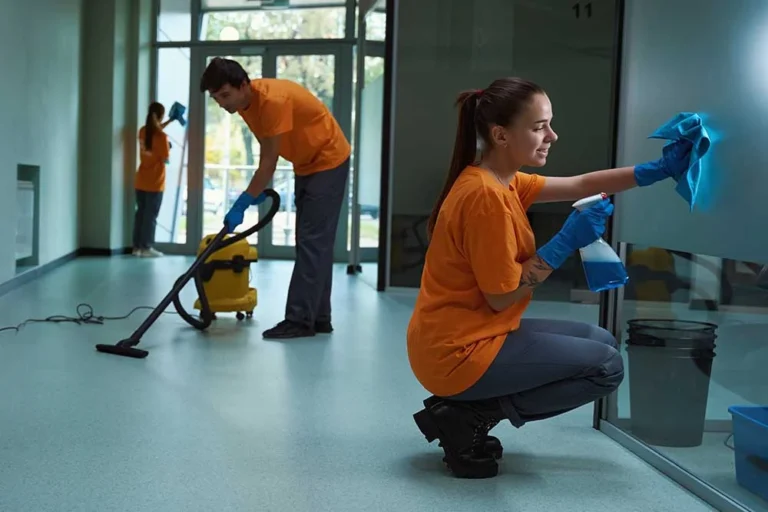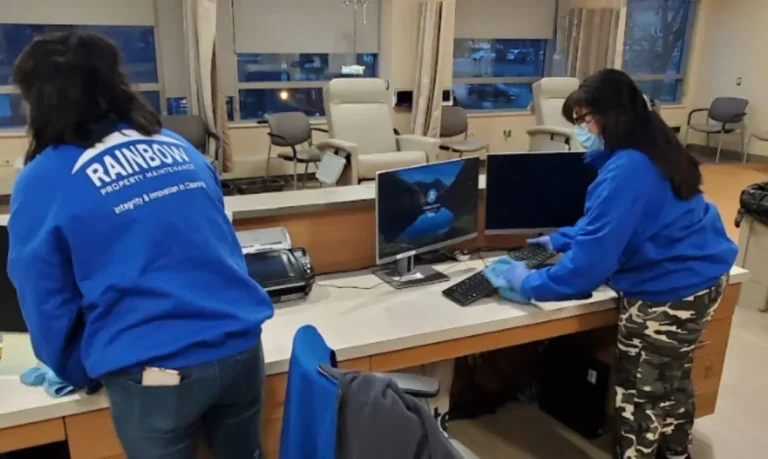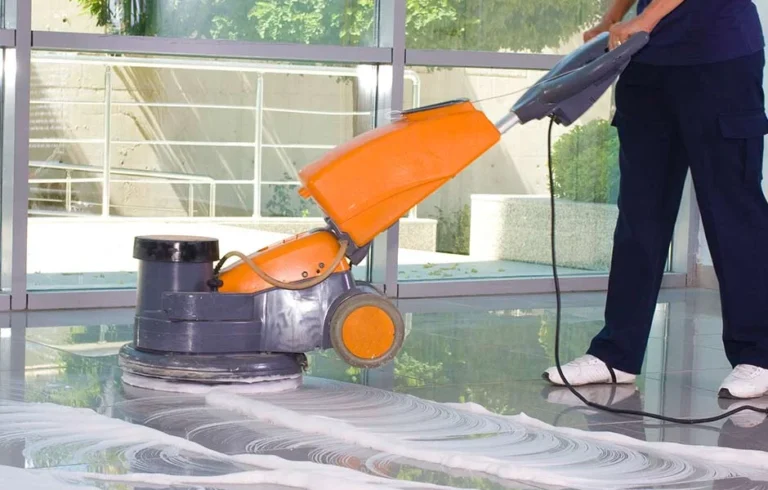Concrete 101: Cleaning and Sealing Concrete
For easy to clean flooring concrete is the most favored type of flooring because its durability and strength can withstand heavy weights and outlast different natural conditions. Additionally, it is one of the easiest materials to deal with when it comes to floor maintenance.
Requiring little floor maintenance and cleaning. But just like every other type of flooring, it is also not exempted from different stains as it quickly absorbs anything that gets in contact with it.
In this article, we will show you how to clean your concrete and what solutions are necessary to wash out different kinds of stains. Throughout this article we will list tips that floor maintenance experts have shared.
- Tools and Cleaning Materials
- Best Way to Clean Your Concrete
- Step-by-Step Guide: How to Clean Concrete
- Cleaning Different Concrete Stains
- Tools and Cleaning Materials
Before you start the process, make sure to prepare all the necessary equipment and materials used for cleaning your surface. According to Lowes, here are the essential tools you need to for this type of floor maintenance:
- Pressure Water with different Nozzles
- Spill Absorber
- Concrete Cleaner
- Degreaser
- Paint Stripper
- Garden Hose
- Scrub Brush
- Concrete Sprayer
- Cleaning Gloves
- Bucket
You may also prepare safety gear and personal protective equipment (PPE) to avoid any harm that might happen while performing floor maintenance.
Best Way to Clean Your Concrete
The best way to clean concrete flooring is by using a power or pressure washer. Especially for deep stains that come from oil leaks and rubber tires, power washing is an effective way of cleaning this material to penetrate the flooring thoroughly. Power washing is one of the quickest floor maintenance methods.
However, you must make sure that the power of your machine is in the right setting. In spite of being an effective commercial cleaning method, a pressure washer can actually create damage to the surface if it is not handled properly.
If you are unsure about how to use your power washer, it is advisable to hire a professional cleaner with floor maintenance expertise in order to avoid any damage.
Step-by-Step Guide: How to Clean Concrete
Step 1: Soak the Concrete
To remove the dirt and debris, soak your entire surface using a garden hose. Apply soap and scrub the surface with a cleaning brush, and let it sit for a while before washing it off. Floor maintenance experts explain that by letting soap sit it will have more time to break down oil and debris making it easier to remove.
Step 2: Apply Concrete Cleaner Using the Power Washer
After cleaning the surface with soap, you may use the power washer by attaching the garden hose to it. Apply the cleaner to the soap reservoir attached to the power washer. If there is none, you may apply the concrete cleaner manually on the surface.
Power wash the concrete floor by moving the wand back and forth. Avoid spraying still on one part to avoid etching the surface.
Tip: When using the power washer, make sure to set it to 3000 psi with a flow rate of 4 gallons per minute. Floor maintenance experts usually operate with the same settings for most of all the cleaning jobs they have to work on.
Step 3: Wash Out the Cleaner With Pressure Spray
After letting the cleaner sit for a while, clean the power washer by flushing the cleaner out of its soap container. Wait for the power washer to release clear water before turning off the machine.
After this, switch your hose’s nozzle to a spray tip to wash out the cleaner. Test the spray tip on a small portion of concrete to check if the water etches the surface. If it does, switch to a lighter pressure to avoid damaging the surface. Work on spraying on the material’s surface in the same manner as you did while applying the cleaner.
Step 4: Applying a Concrete Sealer
To finish cleaning, wait for 24 hours before reapplying a sealer to the surface. This floor maintenance tip will help keep the cleanliness of your flooring and avoid stains and damage in the future.
Some newly built surfaces may already have a sealer on them, and it may reject absorbing the sealer if you reapply it. Floor maintenance suggests testing if this sealer has already been applied, pour a small amount of water and check if it will bead up on the surface. If it absorbs the water, it means that no sealer is applied yet and you can apply a new one to protect the surface of your flooring.
Cleaning Different Concrete Stains
- Oil Stains
- Grease Stains
- Rubber Marks
For oil leaks and grease stains, baking soda or cornstarch work effectively across many surfaces in floor maintenance especially concrete. Pour the powder on the stained surface for 20-30 minutes to absorb the oil. You may also create a paste by mixing a bit of water with the baking soda to scrub it on the stain spot. After that, you may wash or sweep off the baking soda from the stained area. If the oil stain was old, floor maintenance experts say you may continue to use a degreaser if necessary.
Paint Stain Removal
Removing paint stains requires paint removal and solvent. Apply it to the area and let it sit for a while. Scrub the paint stain with a stiff bristle brush to remove the stain.
Molds and Mildew Removal
Molds are one of the easiest stains to clean off with water in floor maintenance. But if it does not improve the condition of your surface, you can use a mixture of bleach and water to scrub the stained area. Floor maintenance experts recommend you wear protective gear to avoid irritating and getting burns on your skin caused by the bleach.
Rust Stain Removal
To remove rust, floor maintenance experts say the most economical and eco-friendly way is to spray vinegar on the stained spot. Let it sit for at least an hour and scrub the stain gently with a stiff-bristle brush. If the stain does not improve, you may continue using a rust remover.






